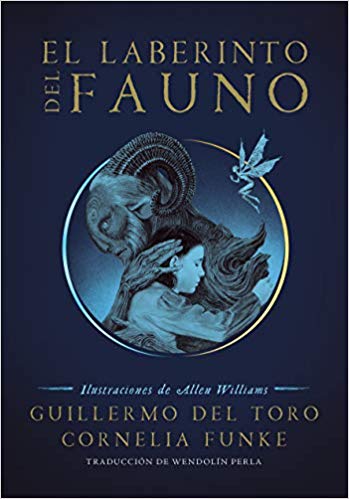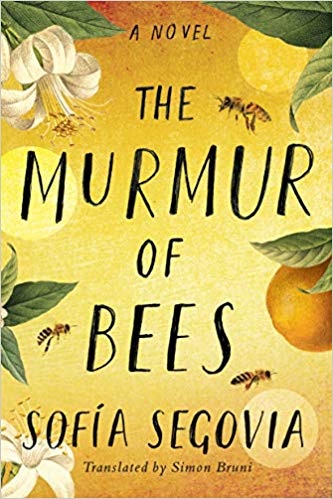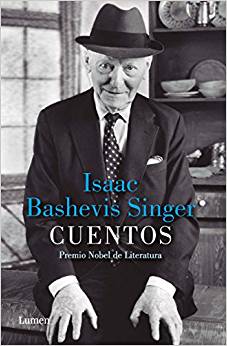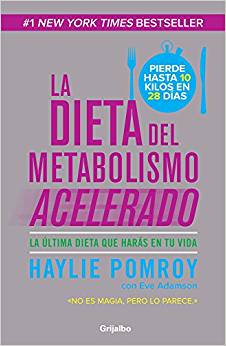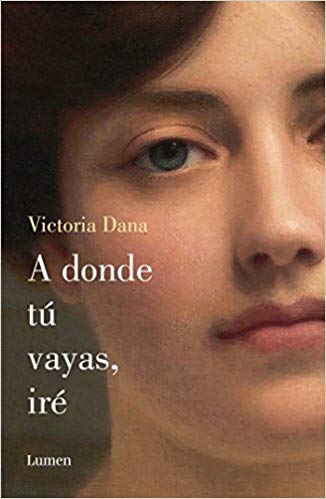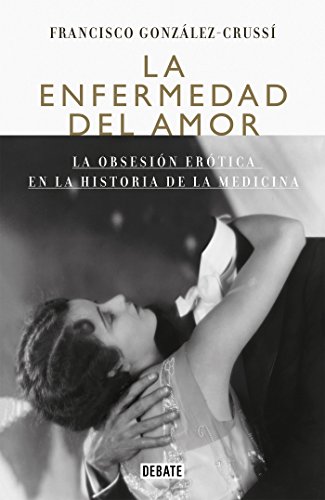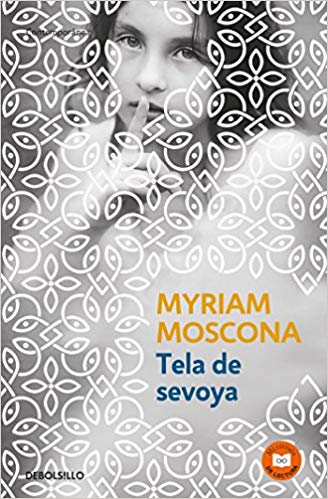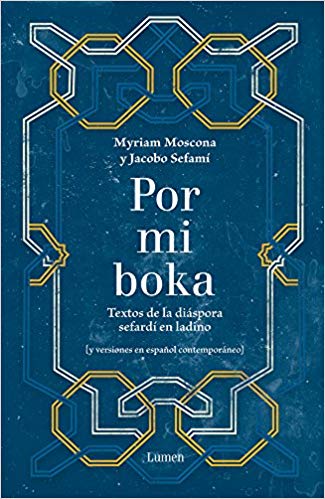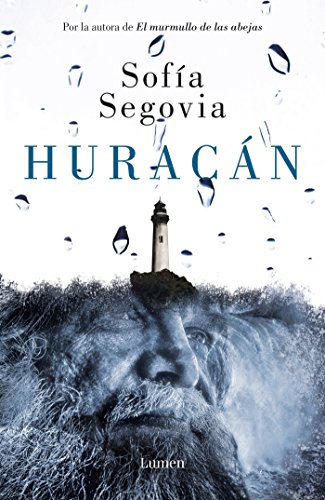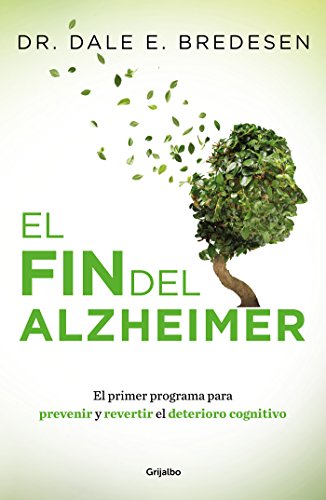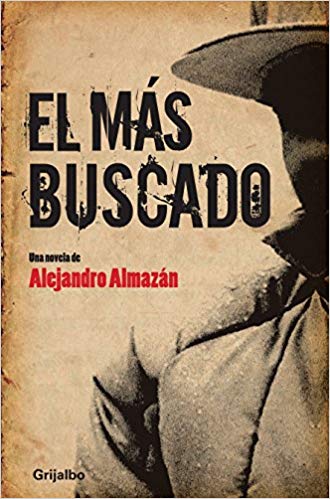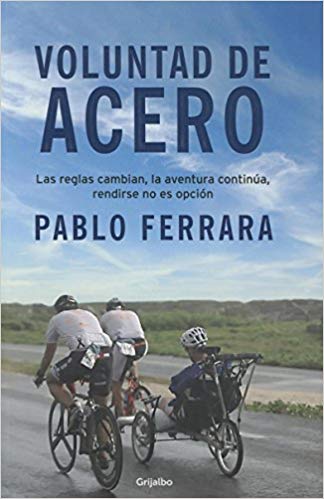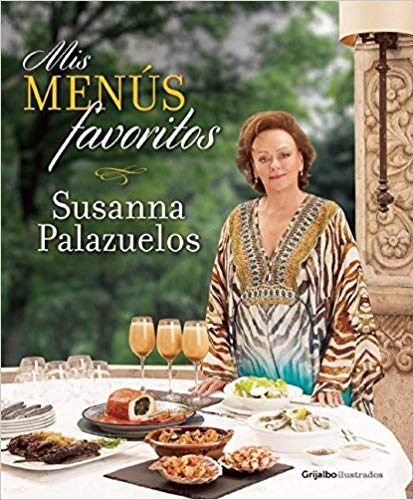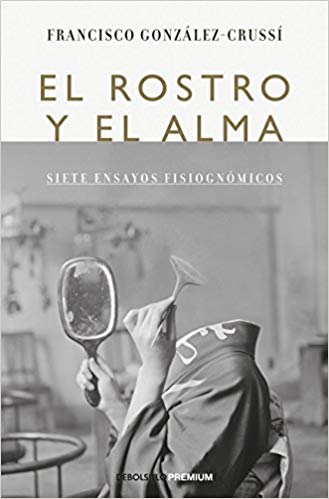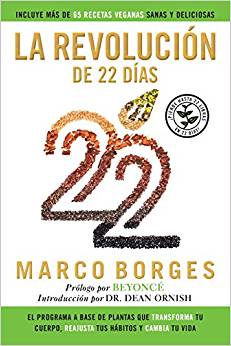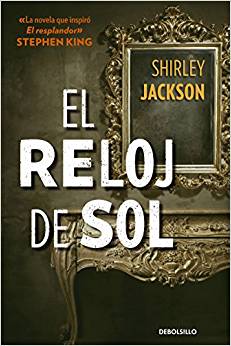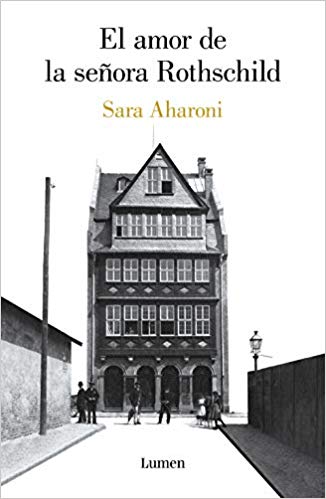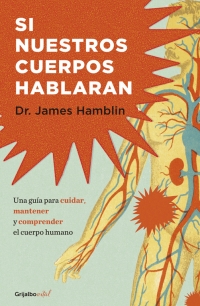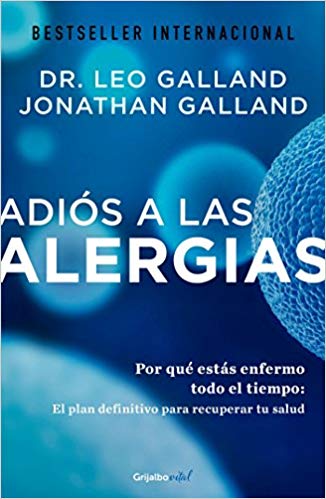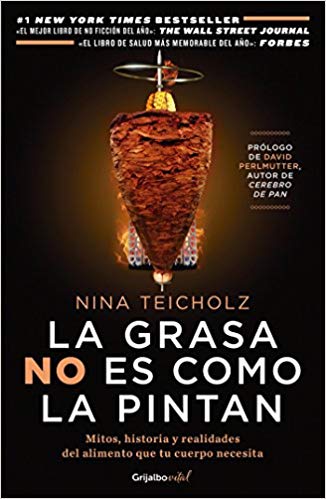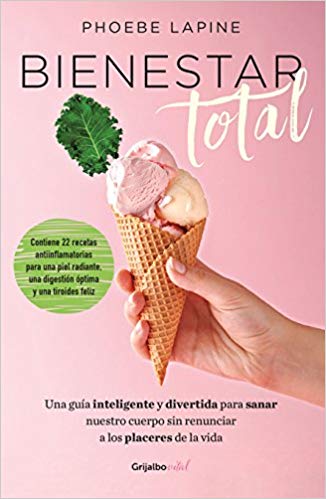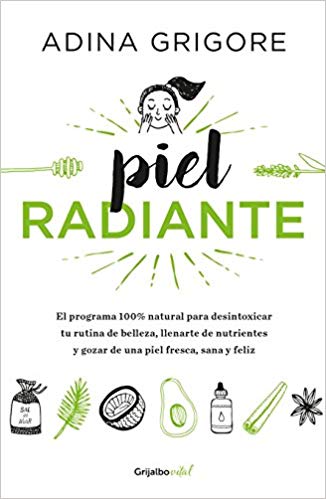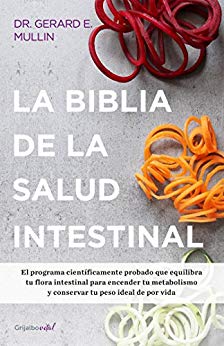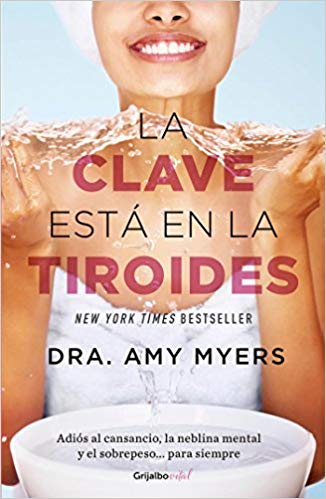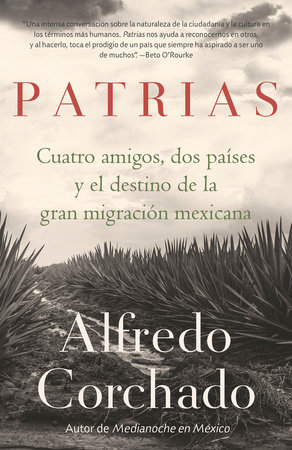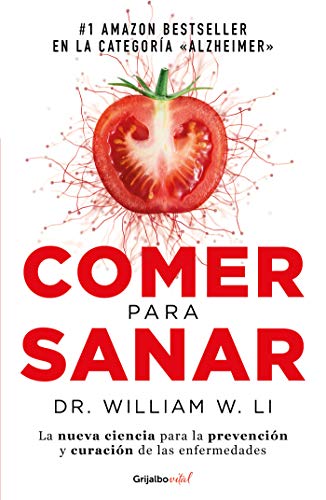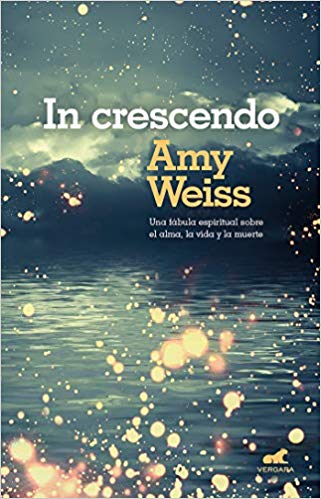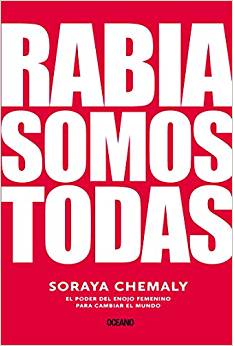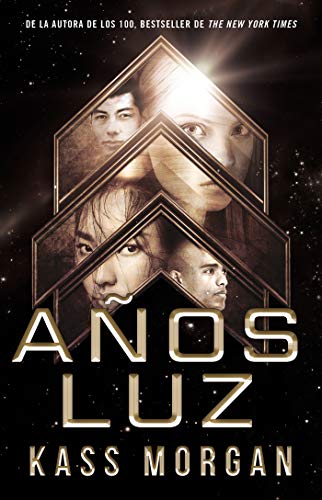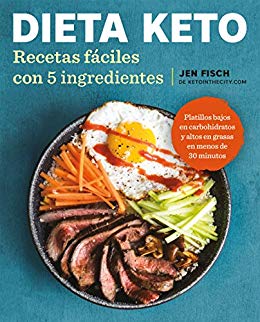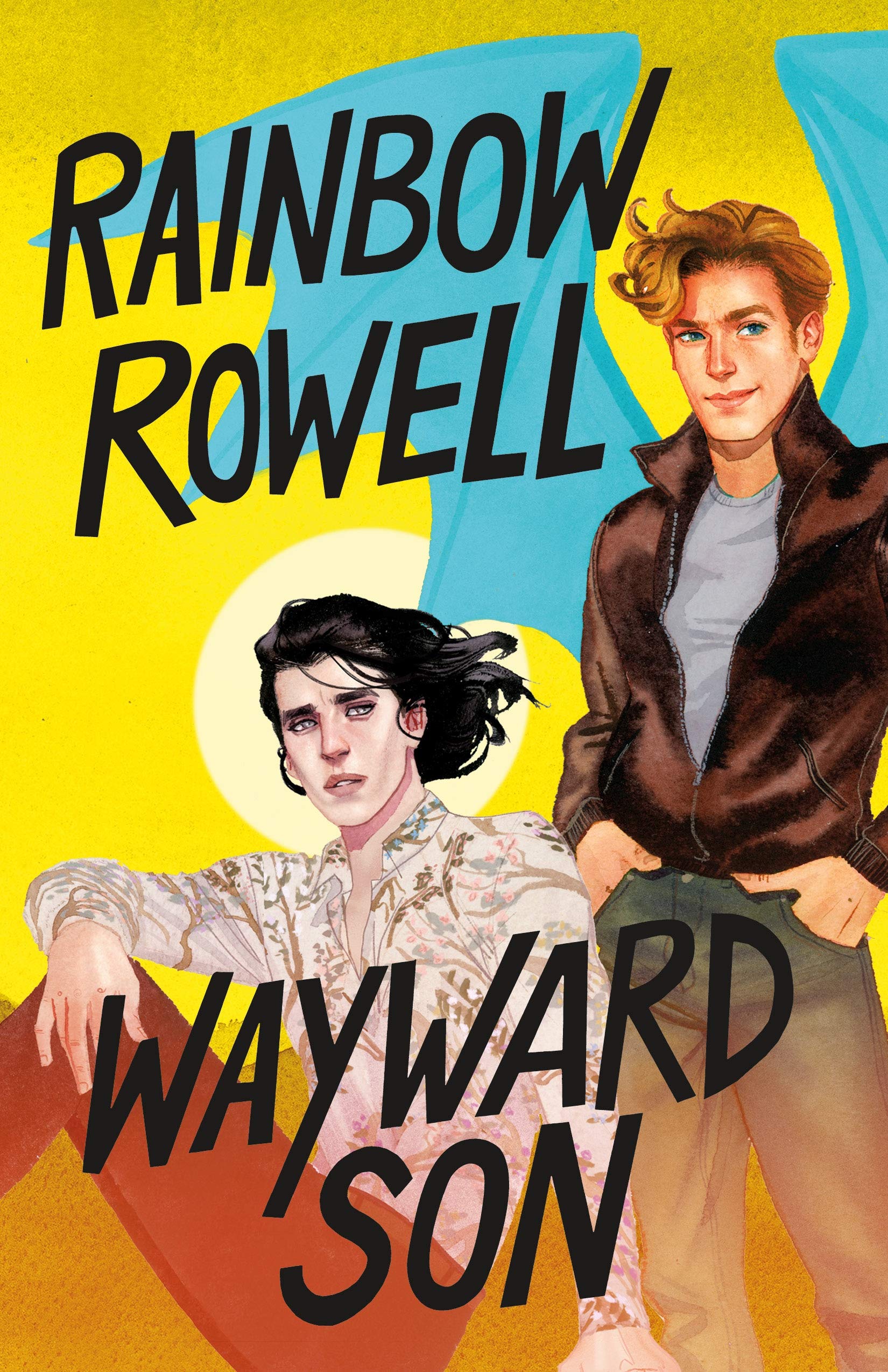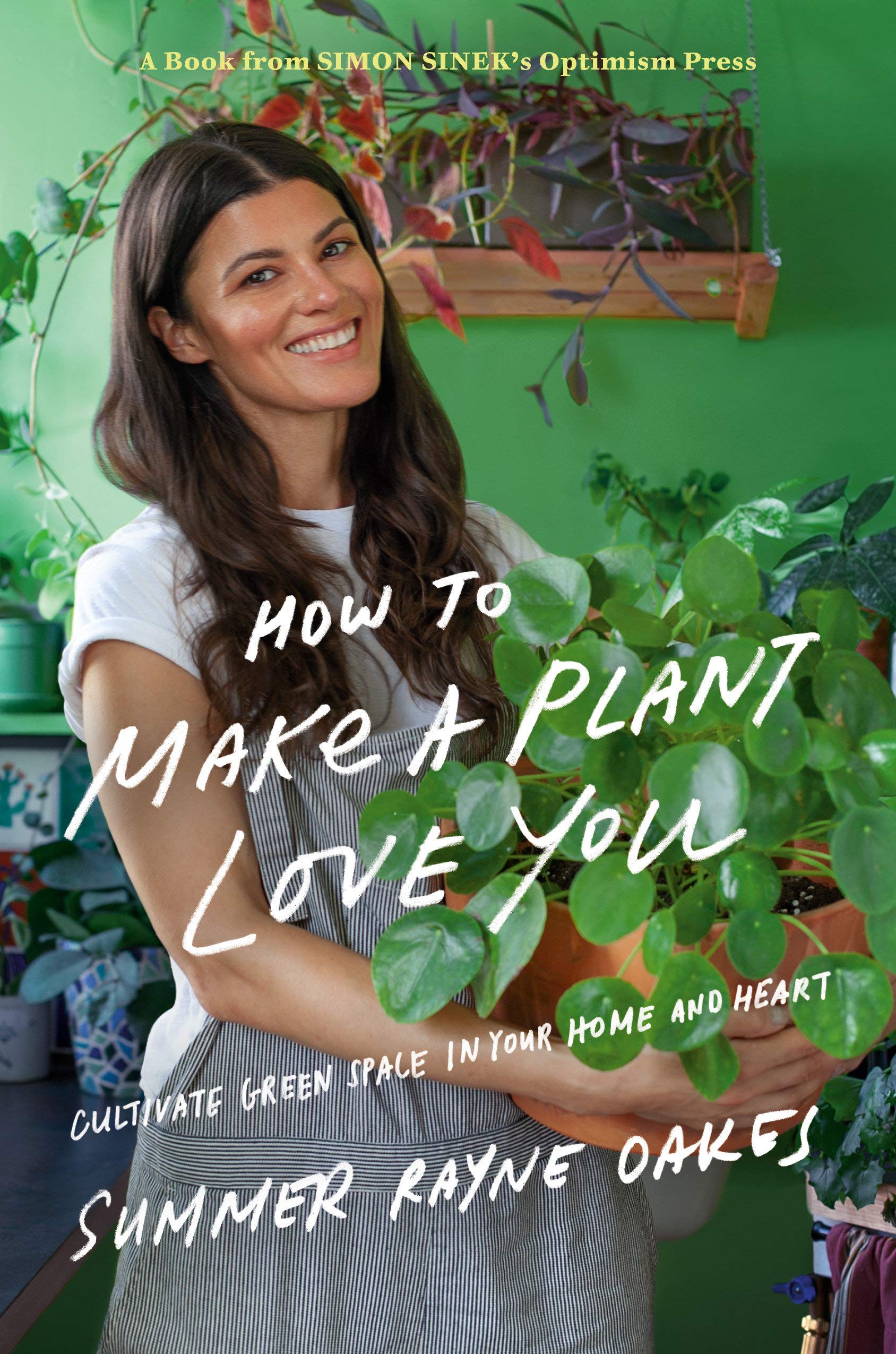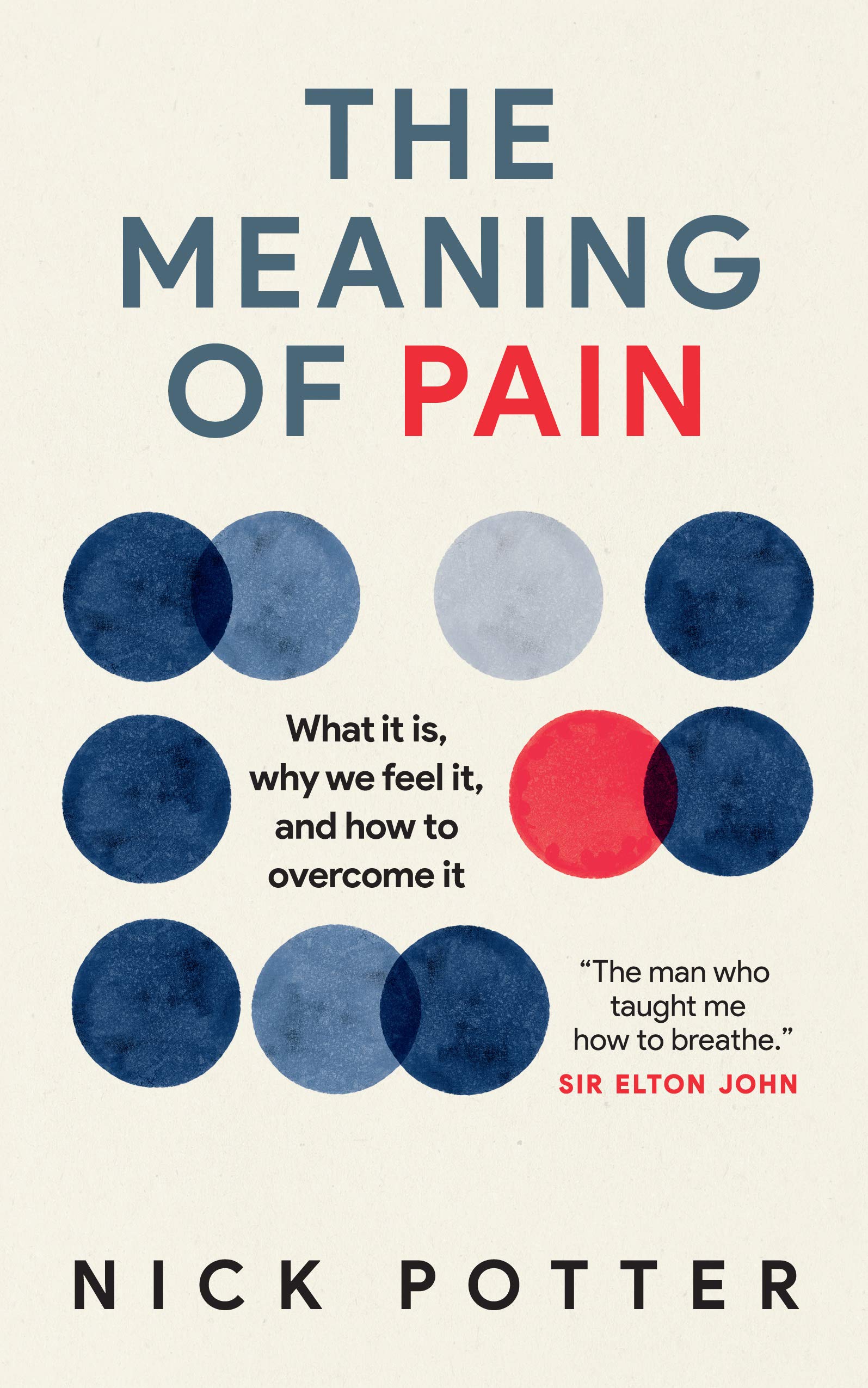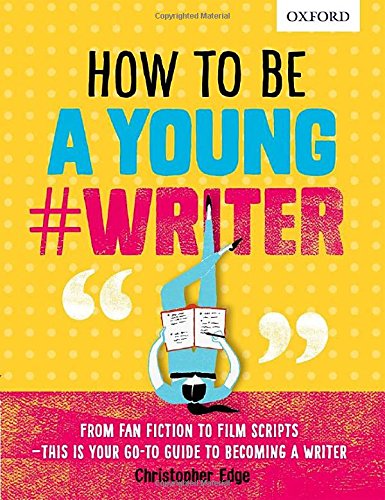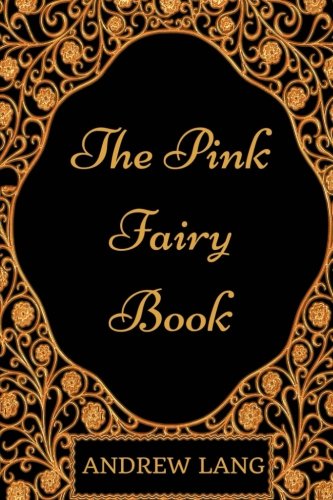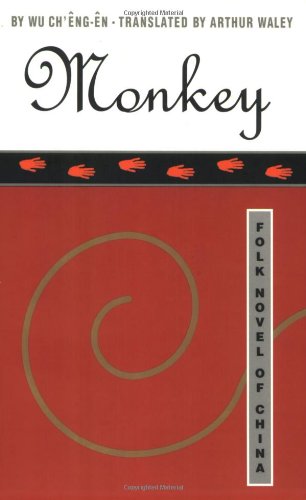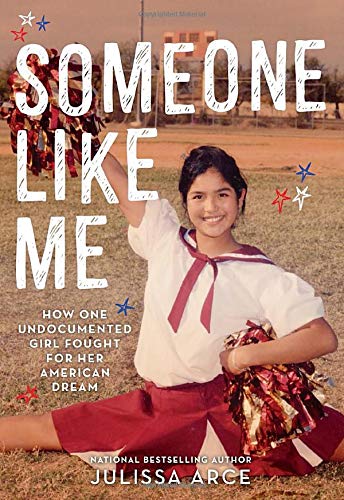My Editorial Approach:
- I take a look at the proposal/manuscript and decide whether the work speaks to me.
- We have a video call so we get to know each other and on that basis decide whether we’re a good fit for each other.
- Once we decide to move on, the first thing I do is share with you a general panorama of the publishing landscape: what publishing consists of, what types of publishers exist, what the realistic expectations should be.
- If you don’t have a manuscript yet, I help you establish an annotated outline, a pathway.
- If you do have a manuscript, I go through it and propose structural edits. At times, an outline will be suggested even for completed works.
- I will provide coaching at every step to make sure you’re maintaining the touchstones of great work that keeps its readers to the end.
- When the work has achieved the quality needed to attract and agent or publisher, I will help you get placed. Please note, it is the rare client who receives this service as it is reserved only for those clients whose talent and craft have been polished to exceptional standards.
Editing Services (USD)
- 1 Hour Video Call Consultation $149
- Outline Overhaul $149
- Query Letter + Book Proposal Edit $249
- Manuscript Overview + Reader Report (Up to 50,000 Words) $699
- Editorial Assessment $1.4 cents per word
- Developmental editing $2.4 cents per word
Translation & Interpretation (USD)
- Into Spanish translation $12 cents per word
- Interpretation services $50 per hour + travel/general expenses
What’s a query letter? What’s the difference between editorial assessment and developmental editing?
Find all the answers to your questions in the Frequently Asked Questions section.
Frequently Asked Questions
Why a 30-Minute Video Call Consultation?
I have a mandatory requirement, which consists of jumping on a video call with you prior to start working together. I would like to share a general panorama of what to expect in terms of what may happen with your manuscript once it’s ready (publishing options you have), plus I consider it is crucial to get to know each other before we decide to embark on this adventure together. A 30-minute video call with me is 49USD, though if we decide to work together you won’t have to pay for it. Trust me: you will be surprised by how much you can learn and how valuable this first call will be.
What is a query letter?
A query letter is sent to literary agents or editors in an effort to get them excited about your book. You have one page to impress them so they request your full manuscript. The challenge is to condense the quintessence, of your manuscript into 300 words. Crafting the perfect query letter is never easy: I am here to make it happen.
What is a book proposal?*
A book proposal will commonly feature:
- A synopsis;
- A list of chapter headings;
- Details of the content to be created for each chapter;
- A list of 3-5 competing books that have had strong sales;
- A sample chapter;
- An author biography;
- A marketing and promotion plan
- A list of experts (or celebrities) willing to provide blurbs or endorsements.
You will notice that a proposal not only covers the content of your book but also demonstrates its commercial viability. You must show that there is demand for such a book, what sets your title apart from the competition, and what you are already doing (or capable of doing) to aid the publisher’s PR campaign.
What is editorial assessment?*
What is an outline and why is it important?
An annotated outline provides a map of where to go with your book. A well-developed outline will show what the main idea of each chapter is, what’s the evidence that will be offered in each chapter, who the characters are and how they interact, etcetera. Essentially, an outline helps prevent a writer from getting stuck when performing the actual writing and tends to be one of the requirements from publishers when submitting your book to them.
What does a book proposal consist of?
A book proposal comprises all the elements agents and editors take into account in order to consider a manuscript for review. Even though requirements may vary, this is what in my experience a book proposal must include:
- Title
- Subtitle (if non-fiction)
- Author bio
- Book hook
- Platform
- Synopsis
- Sales arguments
- Competition titles
- Annotated outline
- Sample chapters
It’s intimidating, I know. But don’t worry: I’m here for you.
What is developmental editing?*
After a round of developmental editing — also called structural or substantive editing — a manuscript can change substantially; for inexperienced writers, accepting direct and honest feedback can be a difficult experience. Much of what you have spent many weeks, months or even years writing can be cut, shaped, moved or heavily criticised.
Good developmental editing will also bear in mind your target audience and will judge your work in relation to professional industry standards and expectations. Only once your manuscript has been cut, reshaped, revised, and developed will it be ready for a copy edit and proofread.
*Via Reedsy

